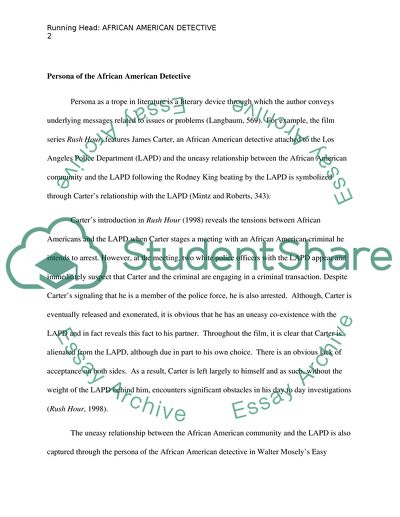Cite this document
(“African American Detective in Film and Fiction Term Paper”, n.d.)
African American Detective in Film and Fiction Term Paper. Retrieved from https://studentshare.org/visual-arts-film-studies/1819601-african-american-detective-in-film-and-fiction
African American Detective in Film and Fiction Term Paper. Retrieved from https://studentshare.org/visual-arts-film-studies/1819601-african-american-detective-in-film-and-fiction
(African American Detective in Film and Fiction Term Paper)
African American Detective in Film and Fiction Term Paper. https://studentshare.org/visual-arts-film-studies/1819601-african-american-detective-in-film-and-fiction.
African American Detective in Film and Fiction Term Paper. https://studentshare.org/visual-arts-film-studies/1819601-african-american-detective-in-film-and-fiction.
“African American Detective in Film and Fiction Term Paper”, n.d. https://studentshare.org/visual-arts-film-studies/1819601-african-american-detective-in-film-and-fiction.


